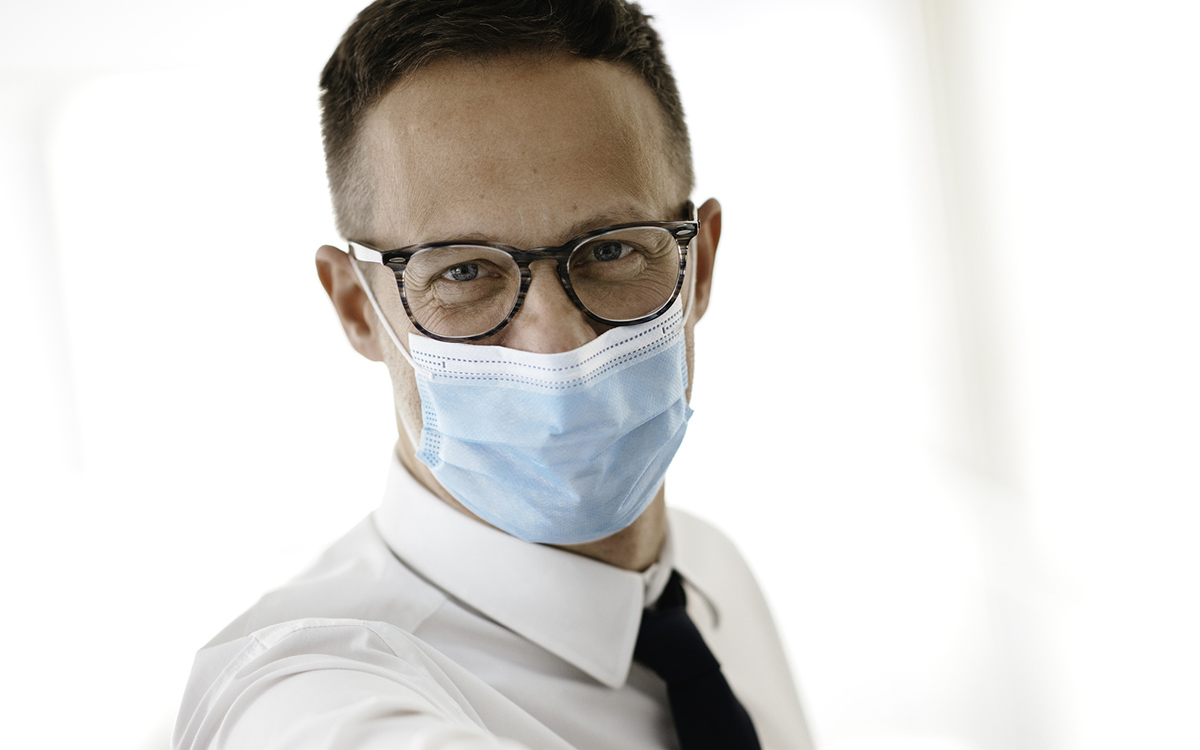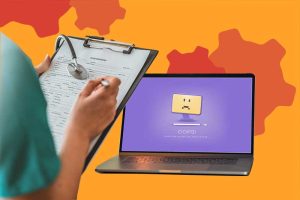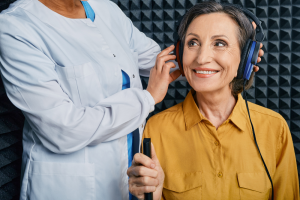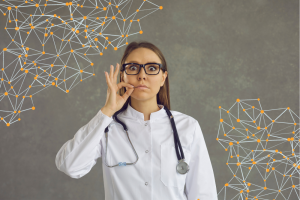Insights for Coping with COVID-19 from State Audiology Association Leaders – Southeast

While we are all affected by COVID-19 in some way or another, medical practices are affected unevenly depending on their specialization, whether cases in their area are on the rise, and how local legislation has chosen to respond. To help you review your options and make sense of it all, we’ve interviewed industry leaders in your region. Listen to each of these interviews to get insights on best practices for managing the uncertainty of practicing healthcare in the midst of a pandemic.
Bridget Garrido, Au.D. President of the Louisiana Academy of Audiology…

Read more


